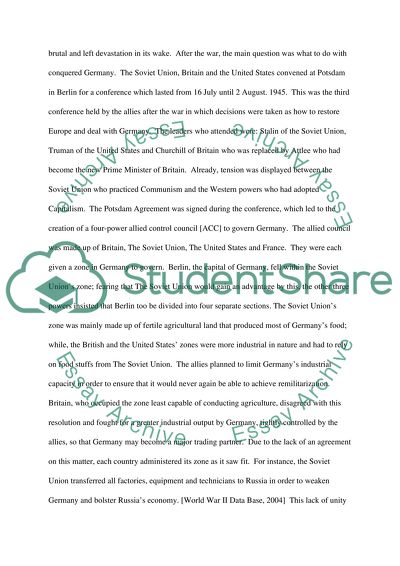Cite this document
(“The Berlin Blockade Research Paper Example | Topics and Well Written Essays - 1500 words”, n.d.)
Retrieved de https://studentshare.org/family-consumer-science/1411040-the-berlin-blockade
Retrieved de https://studentshare.org/family-consumer-science/1411040-the-berlin-blockade
(The Berlin Blockade Research Paper Example | Topics and Well Written Essays - 1500 Words)
https://studentshare.org/family-consumer-science/1411040-the-berlin-blockade.
https://studentshare.org/family-consumer-science/1411040-the-berlin-blockade.
“The Berlin Blockade Research Paper Example | Topics and Well Written Essays - 1500 Words”, n.d. https://studentshare.org/family-consumer-science/1411040-the-berlin-blockade.


